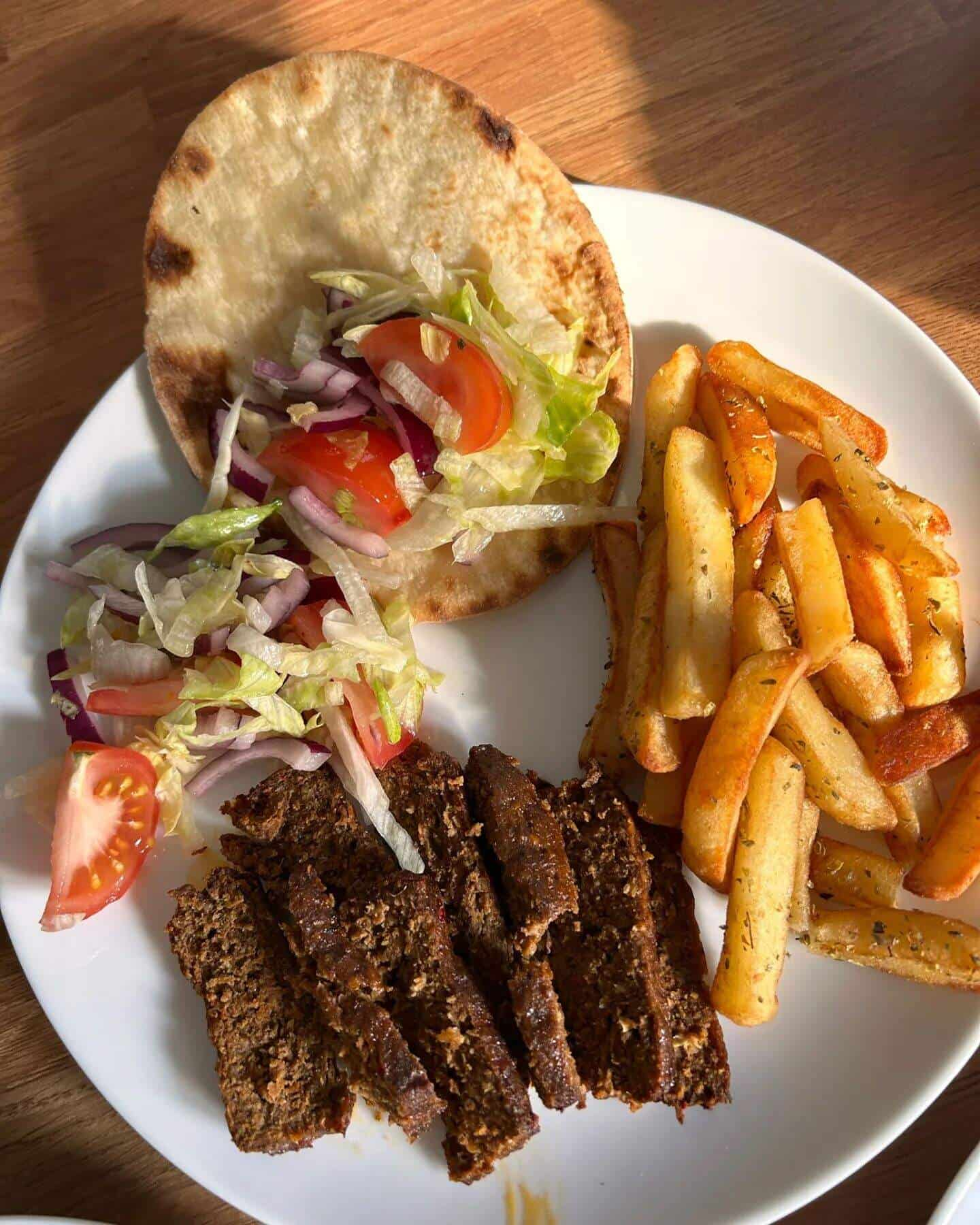Alright, so you’re thinking about gluten-free options in Ludhiana, huh? Let me tell you, it was a bit of a journey for me, not gonna lie. I figured, hey, it’s India, lots of rice, lots of lentils, should be a piece of cake, right? Well, not exactly cake, because, you know, gluten. But you get what I mean. Turns out, it’s a bit more nuanced than just assuming.

My Unexpected Crash Course
It all started when my sister-in-law, Sarah, decided to visit. Now, Sarah’s lovely, but she has celiac disease, and I mean the serious kind. One crumb of wheat and she’s down for the count. I’d told her, “Don’t you worry, I know Ludhiana’s food scene like the back of my hand! We’ll find plenty for you.” Famous last words, folks. Famous. Last. Words.
The first couple of days were, let’s just say, a learning experience. We’d walk into a restaurant, I’d confidently ask about gluten-free options. Sometimes I’d get a blank stare. Other times, they’d point to a plain salad. Sarah was a good sport, but man, I felt like a total chump. I’d promised her a culinary tour, and we were struggling to find more than steamed rice and some plain dal.
The Real Digging Began
So, I had to get serious. My reputation as a food-savvy local was on the line! I started by really thinking about what gluten actually is in the context of Indian cooking. Wheat flour, or atta, is in rotis, naans, parathas – obviously. But then there’s maida (refined wheat flour) which can sneak into sauces as a thickener, or in batters for fried stuff. And semolina (sooji or rava) is another culprit that can pop up unexpectedly.
My strategy shifted. Instead of just asking “is this gluten-free?”, which often led to confusion, I started asking more specific questions:

- “Is there any atta or maida in this dish?”
- “Is this curry thickened with flour, or is it just the natural ingredients?”
- “For the tandoori items, is anything marinated with flour or breadcrumbs?”
- “Are the pakoras made with pure besan (chickpea flour) or is there wheat mixed in?”
This made a HUGE difference. Suddenly, a lot more doors opened up. Kitchen staff seemed to understand better when I was specific. I also started looking for places that made things fresh. If they’re making it from scratch, they generally know what’s going into it.
Finding the Good Stuff
We started having better luck. We found that most dals, sabzis (vegetable dishes), and rice preparations were naturally safe, as long as I double-checked about thickeners or any rogue hing (asafoetida) that wasn’t pure. Some brands of hing can have wheat flour mixed in, who knew! I learned to specify “pure hing” or ask them to omit it if unsure.
Tandoori chicken and fish became good options, once I confirmed they weren’t using any flour in the marinade. South Indian places were also a bit of a haven with their dosas and idlis made from rice and lentil batter, though I always made sure to ask if they added any wheat flour to their dosa batter for crispiness – some do!
We even found a couple of more modern cafes, the kind that are a bit more aware of dietary needs. They sometimes had actual gluten-free bread or pasta, which was a nice treat for Sarah. But honestly, focusing on naturally gluten-free Indian dishes was the most reliable way to go.
What I Learned From This Whole Thing

So, yeah, finding truly gluten-free food in Ludhiana took some effort. It wasn’t about fancy “gluten-free menus” everywhere. It was about communication, asking the right questions, and understanding the local cooking practices. It meant talking to the chefs or the managers, not just the first person who took our order.
It was a bit of an eye-opener for me. I thought I knew food, but navigating a strict dietary restriction like celiac disease in a place where awareness isn’t always super high taught me a lot. Patience is key. And being super clear about what you can and cannot eat. Don’t assume anything!
Now, when friends ask, I feel way more prepared to give them the real scoop. It’s doable, for sure. You just gotta be a bit of a detective!